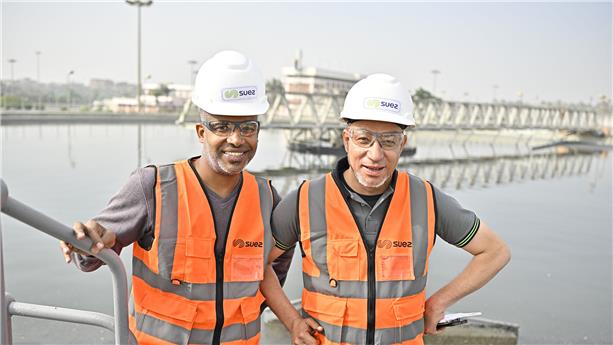The longitudinal and cross-sectional profile of the watercourse will be modified to improve flood control whilst
restoring upstream aquatic habitats.
The use of local varieties of plants from the natural habitat is in line with restoration of the ecological
functions of natural environments. Their use for plantation, redevelopment or reinforcement
enhances the resilience of ecosystems.
These plants, certified by the brand "Végétal local", are suitable for any operation to preserve or
restore biodiversity, complete with local collection and production channels.
Helped by specialised ecologists, teams at SUEZ Consulting adapted the project to minimise its environmental impact, in order to identify and apply the following avoidance and reduction measures:
- Consideration of the habitat of water shrews and preventive demarcation for beaver
reproduction
- Upkeep of sectors with steep banks and installation of a lining to encourage nesting of
kingfishers and wild martins
- Creation of hibernaculum
- Installation of barriers to protect fauna during the construction phase - particularly for
amphibians
- Modifications to the project to meet piscicultural issues and protect the spawning grounds of
the lake trout, this section of the Dranse river being the lake trout's largest reproduction zone
- Creation of ponds for amphibians
- Replanting of levelled areas by sowing and planting “Végétal local” certified plants
- Measures to tackle Invasive Alien Species and treat Asian knotweed
- Work in keeping with the Dranse Delta regional nature reserve management plan

